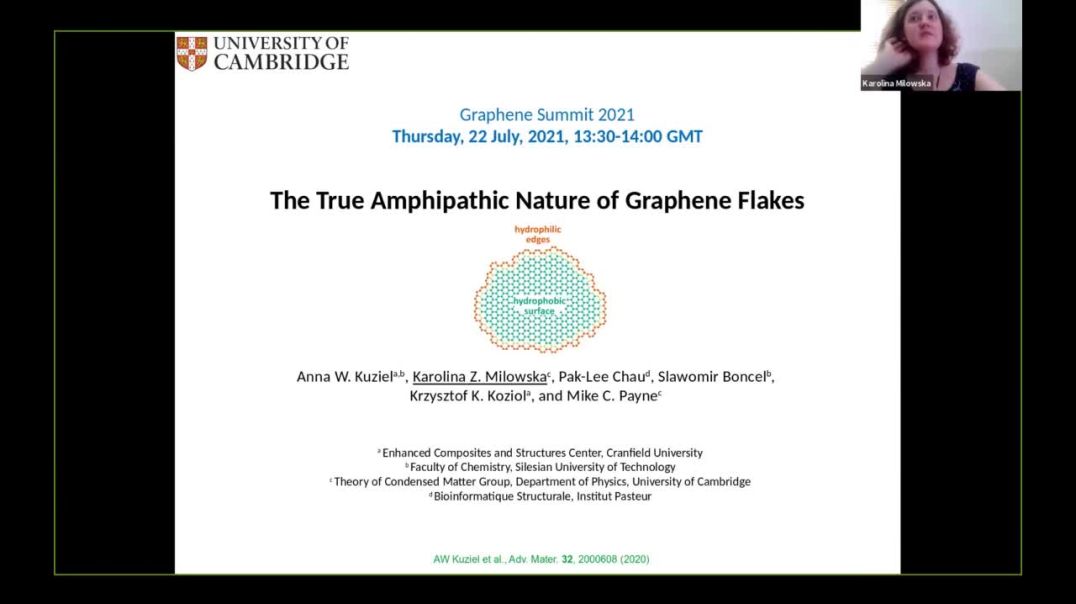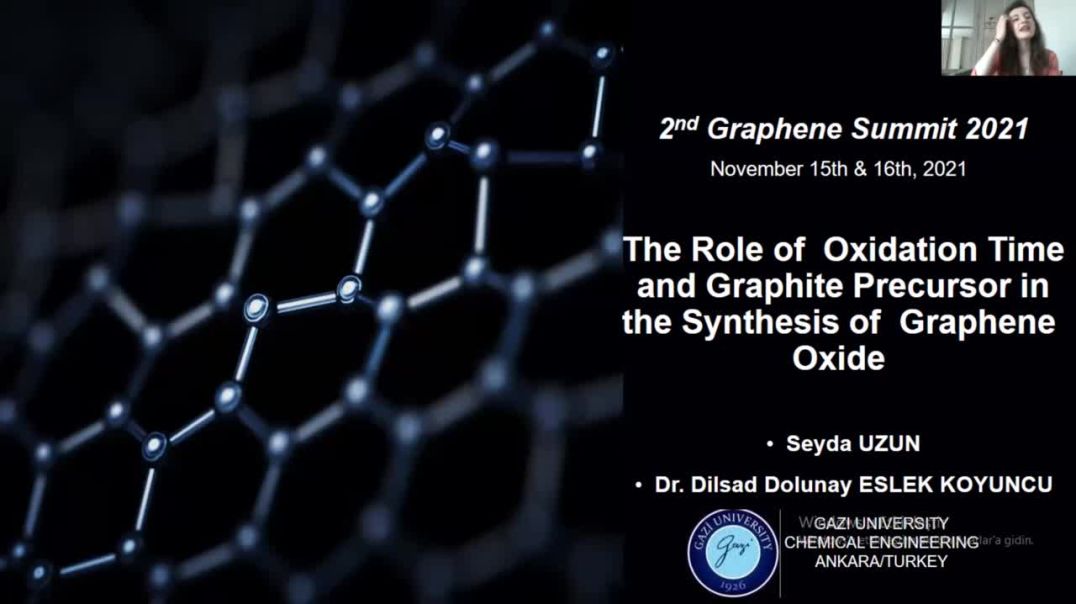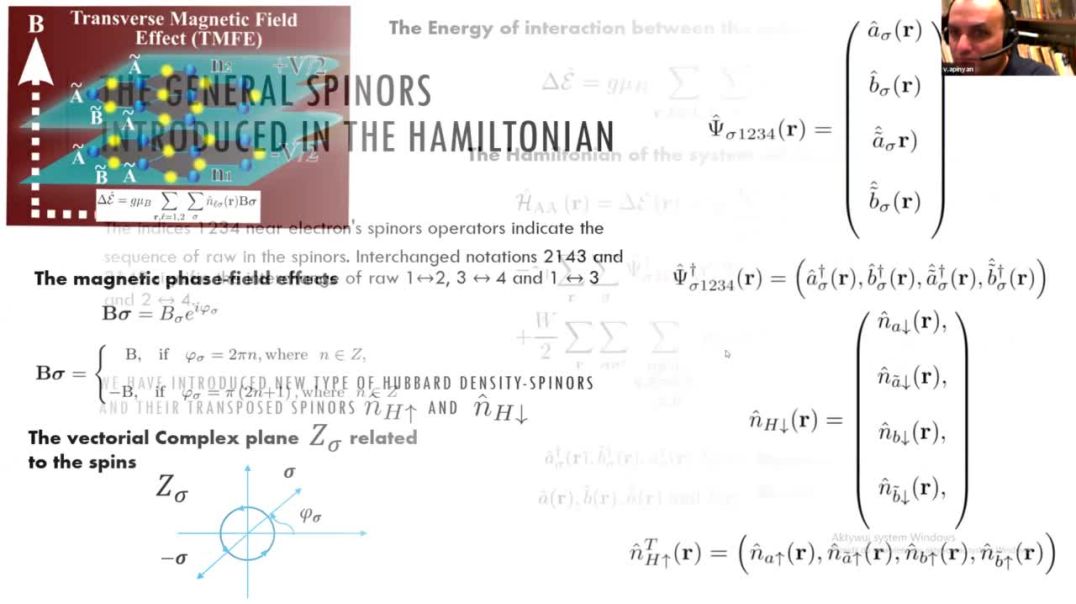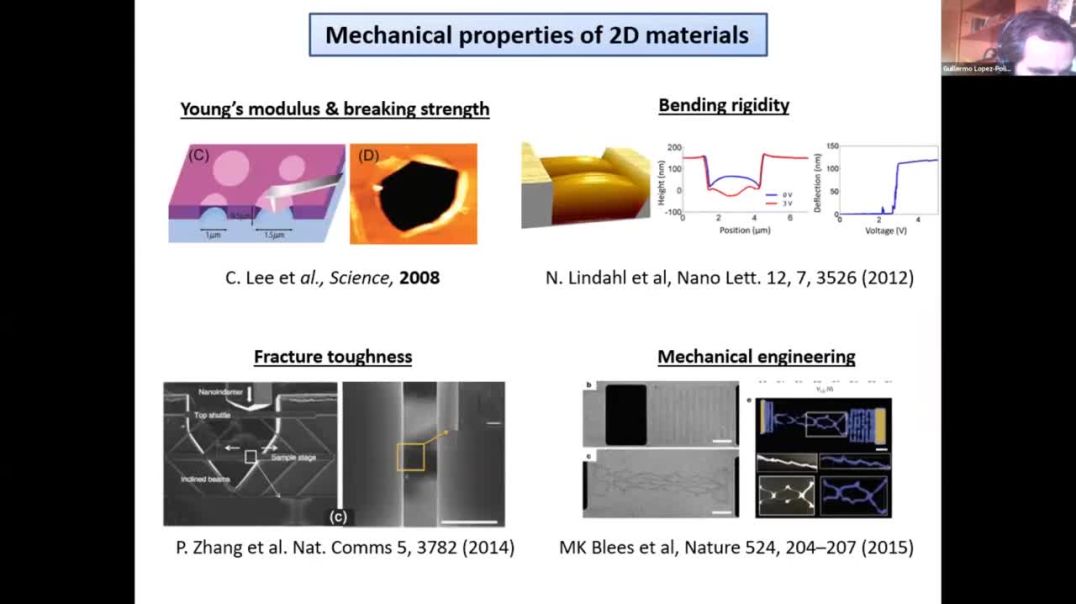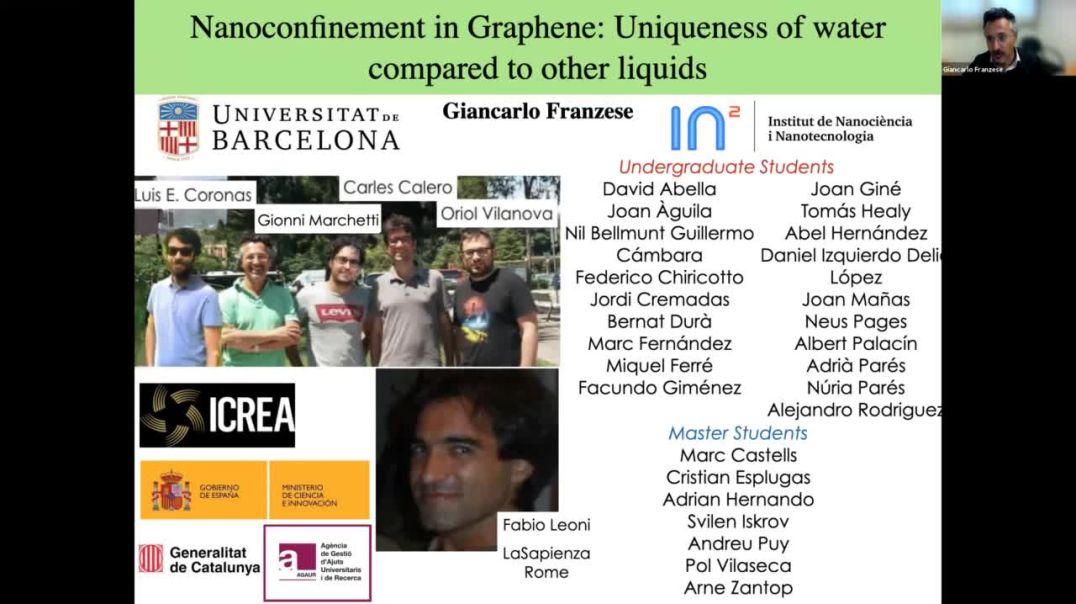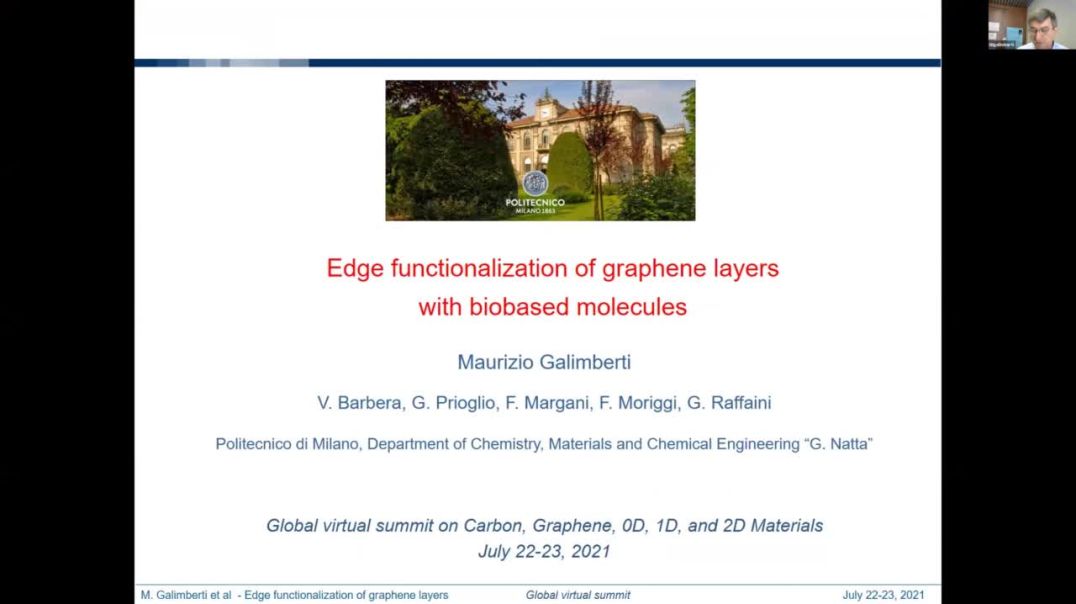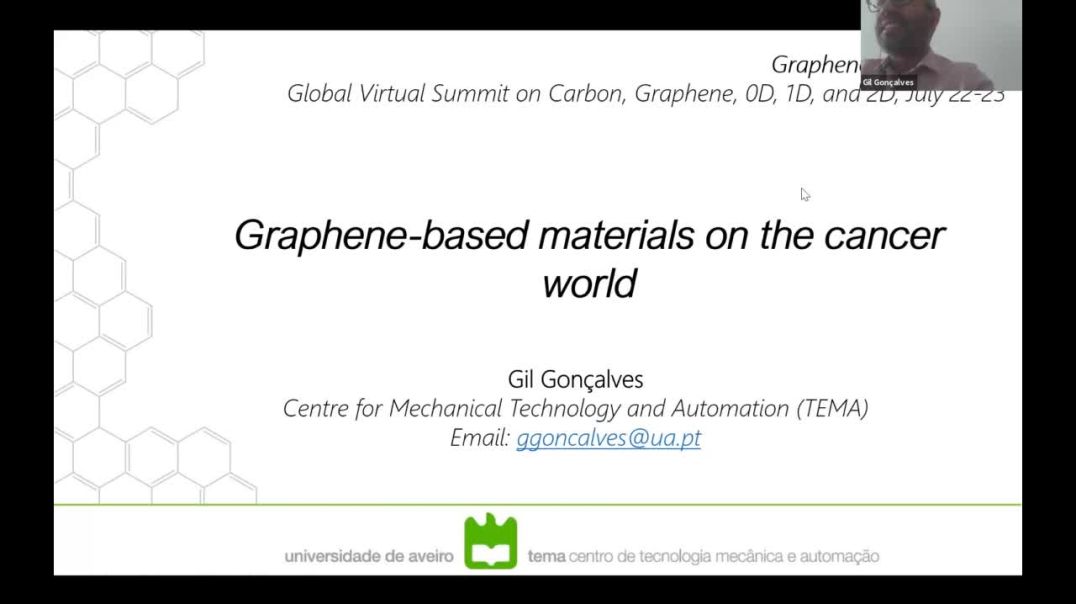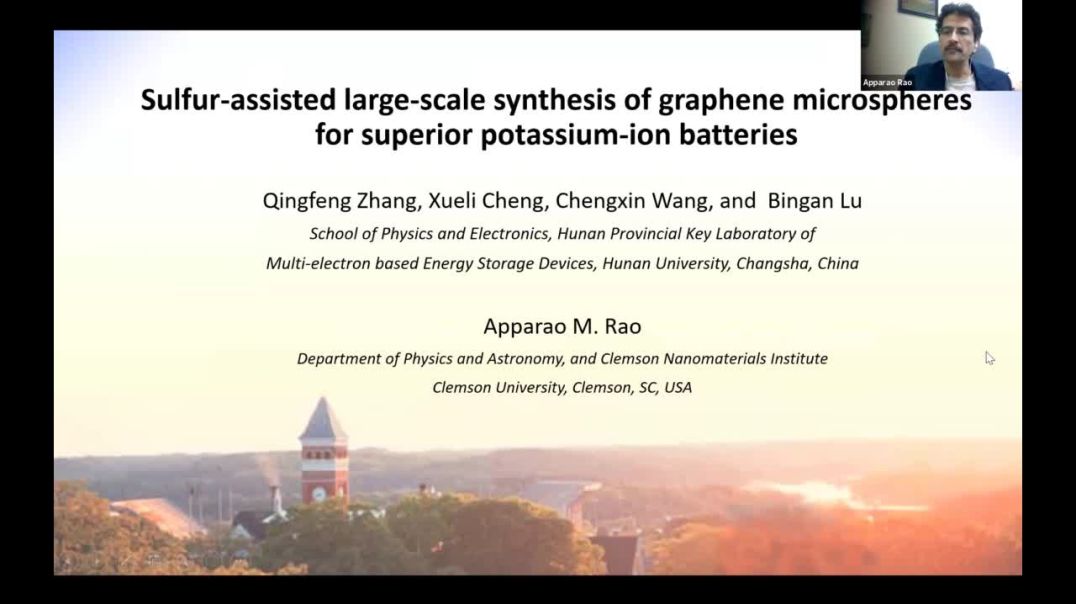The True Amphipathic Nature of Pristine Graphene Flakes | Karolina Z
Summary :
The fundamental colloidal properties of pristine graphene flakes remain incompletely understood, with conflicting reports about their chemical character [1,2,3,4,5], hindering potential applications that could exploit the extraordinary electronic, thermal, and mechanical properties of graphene. Here [6], the true amphipathic nature of pristine graphene flakes is demonstrated through rigorous quantum-mechanical, molecular dynamics and Monte Carlo studies. These are supported by precise experimental chemistry, optical and electron microscopies. In contrast to commonly used graphene oxide flakes, pristine graphene flakes possess well-defined hydrophobic and hydrophilic regions in the basal plane and edges, respectively. These properties allow small flakes to be utilized as stabilizers with an amphipathic strength that depends on the edge-to-surface ratio. The interactions between flakes can be also controlled by varying the flake thickness and the oil-to-water ratio.
About Author :
Dr Karolina Z. Milowska received her master degrees in biophysics and experimental solid state physics at Jagiellonian University(Poland), in 2008. In December 2013, she completed her PhD studies focused on functionalization of carbon nanotubes(CNT) and graphene for composites and nanodevices at University of Warsaw(Poland). Between July 2013 and September 2015, she was appointed as a postdoctoral research fellow at Ludwig-Maximilians Universität München(Germany), where she was engaged in modelling work in the field of controlled self-assembly, photocatalysis, and optoelectronics. In 2016 she shortly joined University of Cambridge(UK) to study thermoelectric properties of CNTmetal composites. Since 2017, she is a research associate in the Theory of Condensed Matter group at Cavendish Laboratory in Cambridge(UK), working with Prof. Mike Payne on the low dimensional nanomaterials employing first principle methods.
